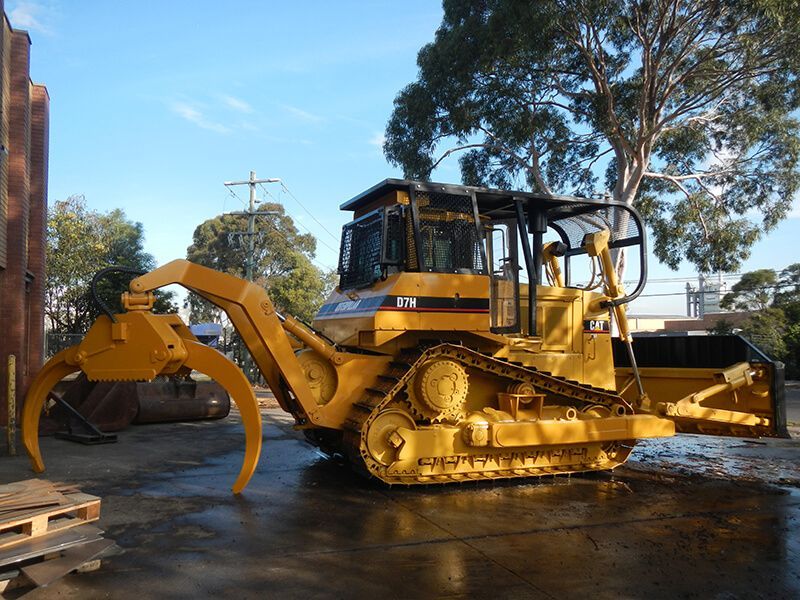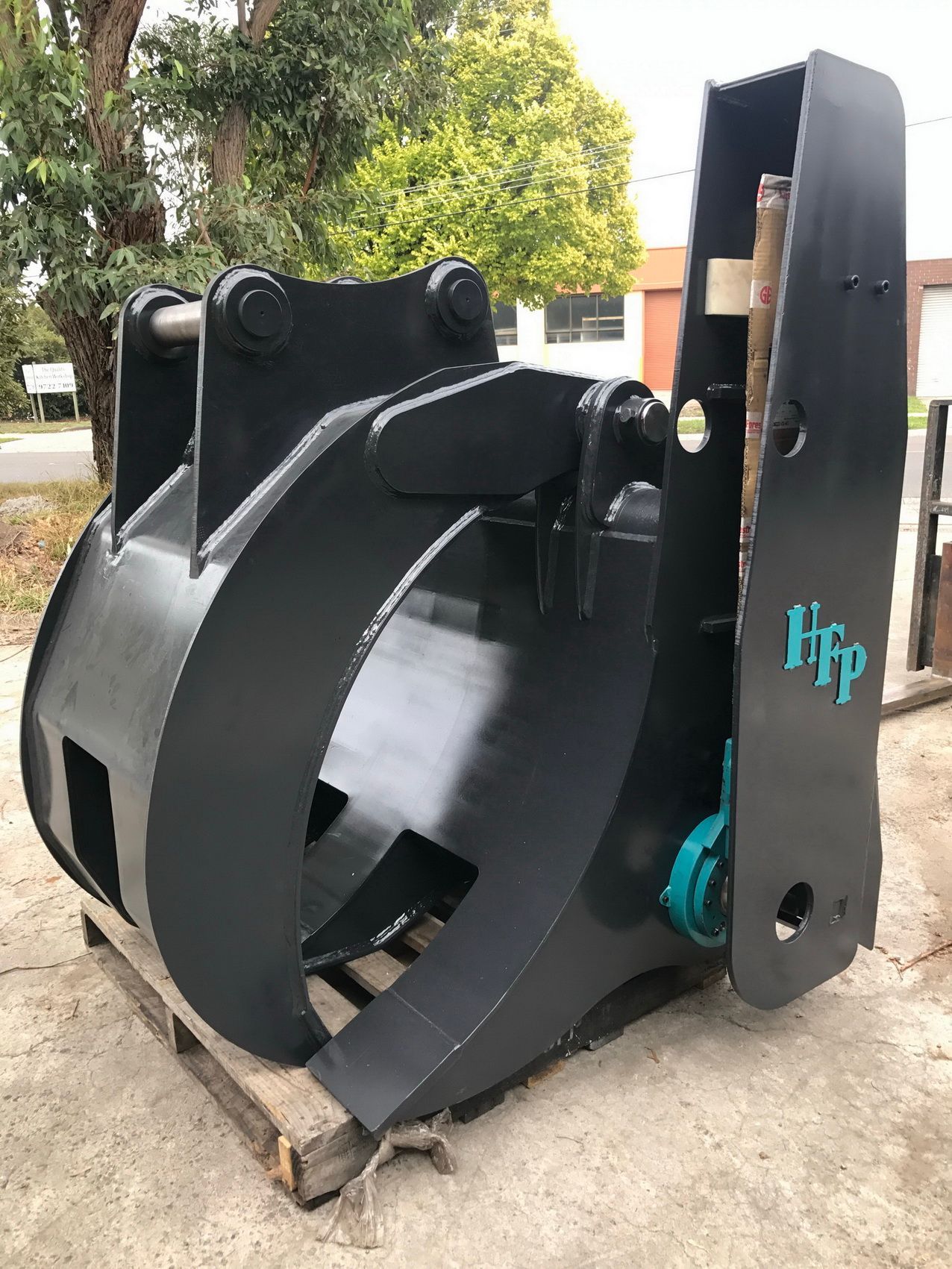Excavator log splitters vs. traditional methods
The evolution of log-splitting methods has significantly transformed the way we approach wood processing. From more traditional methods of using axes and standalone splitters to excavator log splitter attachments, one can recognise and appreciate the improvement in efficiency and productivity. In this blog, we’ll analyse how excavator log splitters compare to conventional techniques in terms of efficiency and time-saving.
The traditional approach
Traditionally, log splitting has been a labour-intensive task that was often done manually with axes or standalone log splitters. While effective for small-scale operations, these methods can be time-consuming and physically demanding, requiring considerable manpower while remaining limited to the physical endurance of the worker. Although faster than axes, standalone log splitters still require significant manual labour for loading logs and removing split wood.
The rise of excavator log splitters
Excavator log splitters are attachments designed for use with an excavator, turning it into a powerful log-splitting machine. These hydraulic splitters are capable of handling large logs, deliver consistent, high-force splitting power, and can process larger volumes of wood in a shorter amount of time with minimal labour. In terms of efficiency, the excavator log splitter is unparalleled when compared to traditional methods, with key advantages including:
- Higher volume processing: Excavator log splitters can handle significantly larger volumes of wood, making them ideal for commercial forestry operations or large-scale firewood processing.
- Reduced labour intensity: The need for manual labour is drastically reduced, as the excavator does the heavy lifting, positioning, and splitting.
- Time-saving: The ability to split larger logs and process more wood in less time leads to substantial time savings, especially in larger projects.
Overall, the comparison between excavator log splitters and traditional log splitting methods highlights a clear shift towards more efficient and less labour-intensive operations. For those involved in substantial wood processing tasks, investing in a Hardwood Forest Products Australia excavator log splitter can significantly improve productivity and time management, transforming how we approach the task of log splitting. Contact our team today to discuss personalised solutions to your project.




